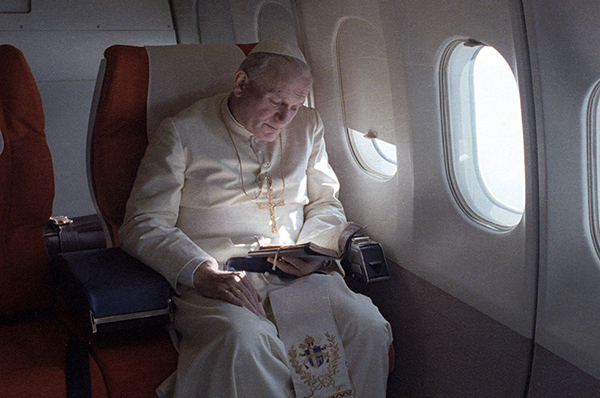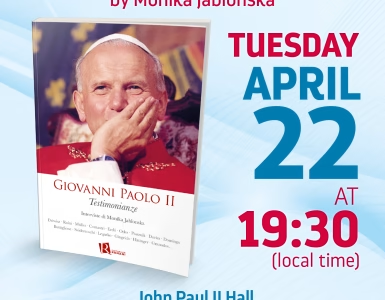“The human person longs to meet God and pilgrimages make him accustomed to thinking of the port where he could land in the course of his religious search. There, the faithful can sing with the Psalmist his thirst and hunger for the Lord: “God you are my God, I am seeking you, my soul is thirsting for you, my flesh is longing for you, a land parched, weary and waterless; I long to gaze on you in the Sanctuary… Your love is better than life itself”” – said John Paul II to the Plenary Assembly of the Pontifical Council for the Pastoral Care of Migrants and Itinerant People during the meeting on June 25, 1999 year.
“These “oases of the spirit” – continued the Pope – “offer the ecclesial community a particularly favorable atmosphere for a meditation on the word of God and the celebration of the sacraments, especially Penance and the Eucharist. Moreover, in these places it is possible to have a fruitful experience of faith, as well as manifest love for one’s brothers and sisters through works of charity and service to the needy.”
With this in mind, bishops in various parts of the world have always took care of sanctuaries as centers of deep spirituality, in which believers revive their faith and become more aware of its obligations in the social area, which makes them feel urged to participate in a concrete way to gradually transform the world into a kingdom of justice and peace, announced in the inspired words of Isaiah: “For from Zion shall go forth instruction and the word of the Lord – from Jerusalem. (…) They shall beat their swords into plowshares and their spears into pruning hooks. (…) They shall not harm or destroy on all my holy mountain, for the earth shall be filled with knowledge of the Lord, as water covers the sea.” (Is 2: 3-4; 11, 9).
The deepest source of peace and solidarity between people is the reconciliation of man with God. Therefore, pilgrims should find in sanctuaries conditions conducive to prayer and silence which facilitate meeting with God and allow them to personally feel the warmth of His love.
People come to shrines with different internal attitudes. Many believers go there to experience moments of intense prayer and contemplation as well as deep spiritual renewal. Others visit sanctuaries occasionally on important holidays. Still others look for rest only or go there because of cultural interests or mere curiosity.
The task of the ordinary Bishop of the place, in the case of diocesan shrines, and the Episcopal Conference in relation to national shrines, is to issue appropriate pastoral recommendations that will properly meet the expectations of all visitors. It is important for everyone to be shown the initiative of God’s mercy, Who wants to give His children His own life and the gift of salvation. The words of Christ addressed to the “little” and “poor” of the world resound in the sanctuary: “Come to me, all you who labor and are burned, and I will give you rest” (Mt 11:28).
If, however, there are children and youth among the visiting sanctuaries, it should encourage responsible pastors to provide them – in cooperation with the entire church community – a ministry even more competent and adapted to their age “- appealed Saint John Paul II.





